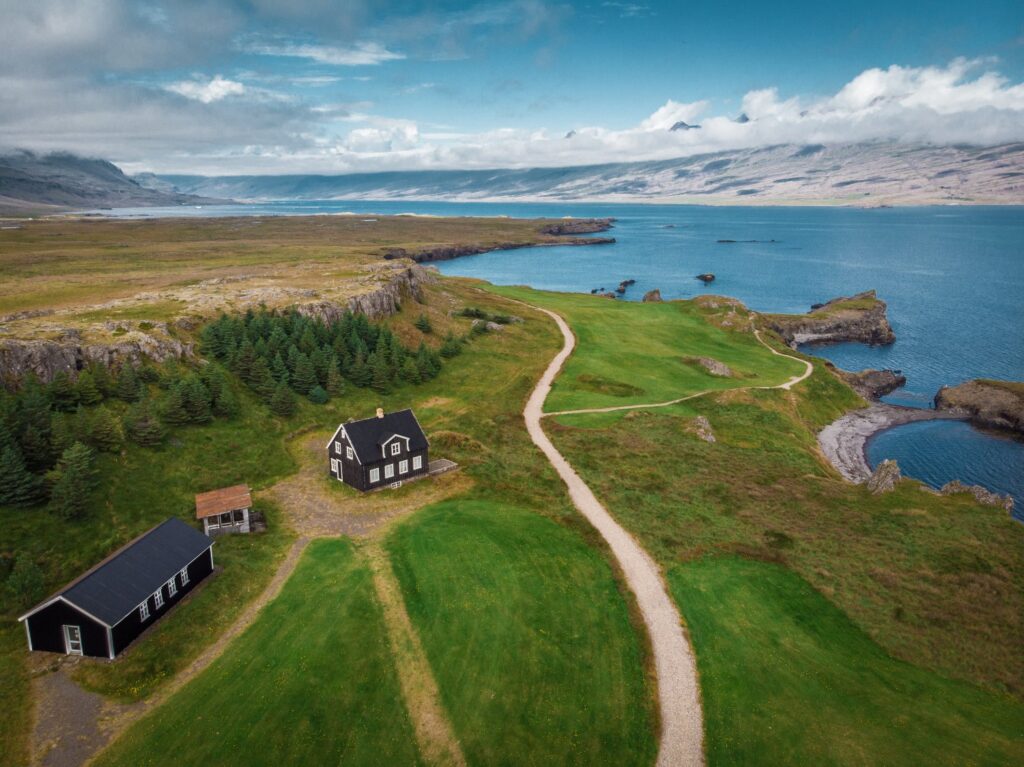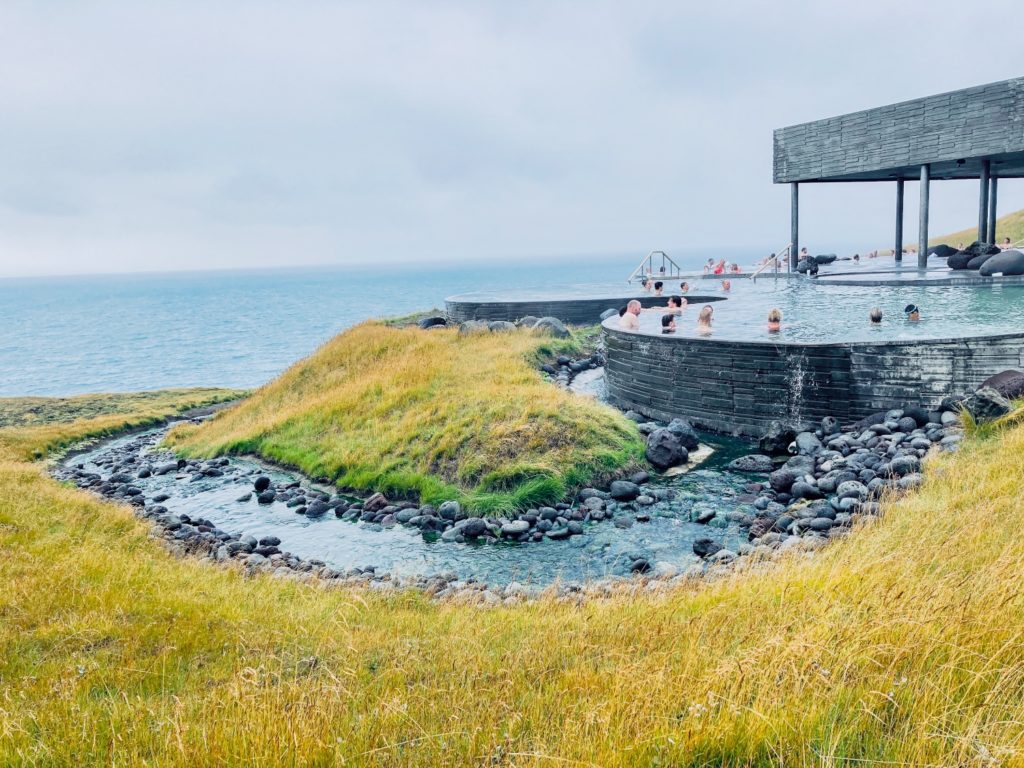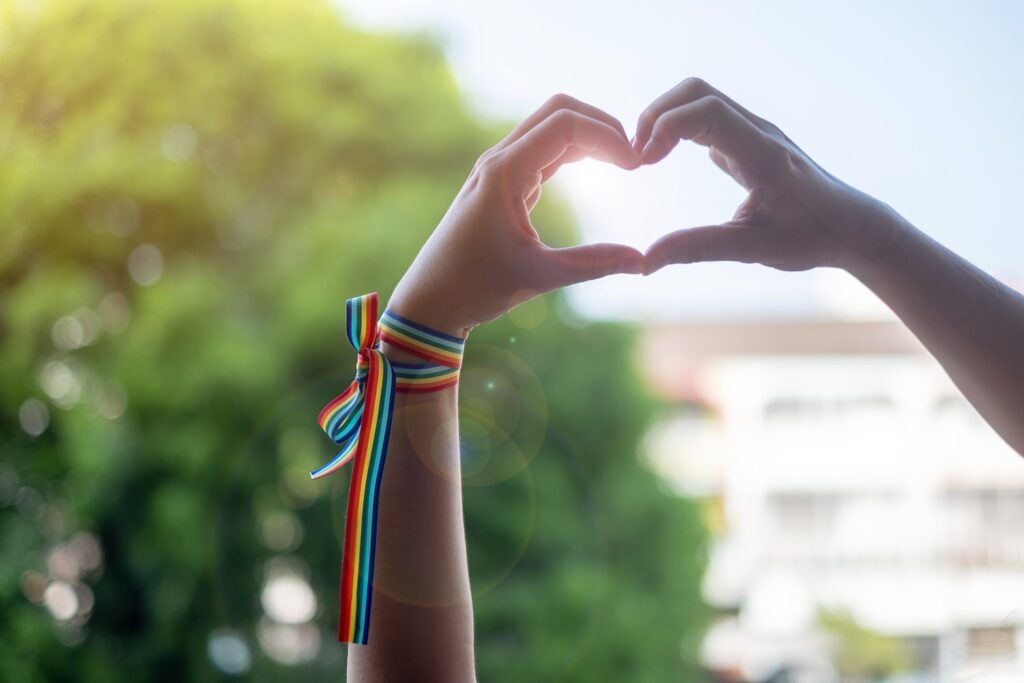Once an obscure tourist destination, Iceland has seen record-breaking numbers of visitors in recent years.
You’ve probably heard some interesting things about Iceland, such as the breathtaking Blue Lagoon, fantastic waterfalls, imposing glaciers, and the vast number of wooly sheep that far outnumber humans. But there are so many more fascinating facts about the land of “Fire and Ice” you probably don’t yet know!
Read on to find out ten surprising facts about this amazing country and prepare for your visit to Iceland.
1. Safest country in the world

With a solid social welfare system, including healthcare, education, social services, gender and income equality, and low levels of corruption, Iceland is regarded as one of the safest countries in the world. It’s so safe here; the Icelandic police, known as “Lögreglan,” don’t even carry firearms!
A relatively homogenous country with a shared cultural background, Iceland has a small population with a strong sense of community, social cohesion, and trust. This has led to one of the lowest global crime rates.
The tight-knit society and safe environment are reflected in daily life. For example, families will leave their babies sleeping in the stroller outside their front door or on the downtown sidewalk. It might seem unbelievable, but this is a completely normal and utterly safe thing to do in Iceland.
Whether you visit with a tour group or rent a car for a solo road trip adventure, rest assured you’ll be perfectly safe here.
2. Folklore of hidden people or “Huldufólk”
Do you believe in elves? If so, you’re in good company. Iceland has a rich tradition of mythology and folklore with tales of various mythical creatures, supernatural beings, and hidden people called “Huldufólk.”
Huldufólk, perhaps the most famous creatures in Icelandic folklore, are believed to be elves or dwarves living in rocks, hills, and hidden places. Many Icelanders believe in their existence and treat these beings with great respect, even going so far as to alter road construction plans to avoid disrupting the habitats of the elves.
If you’re visiting Iceland during the winter holidays, you’ll need to know the story of the Yule Lads “Jólasveinar.” These 13 mischievous figures, each with their own distinct personality and pranks, visit children on the 13 nights leading up to Christmas. In Icelandic folklore, children place shoes on windowsills, and the Yule Lads leave gifts for well-behaved children and potatoes for the naughty ones.
Be sure to watch out for the fearsome ogress and her giant cat “Jólakötturinn.” At Christmastime, Grýla and her Christmas cat come down from the mountains to eat misbehaving children!
These mythical creatures and stories add a fascinating layer to Icelandic culture and history, giving a glimpse into the imaginative world of Icelandic folklore.
3. Geothermal, clean energy

Due to its unique situation on the Mid-Atlantic Ridge, a region with significant geothermal activity, Iceland is blessed with incredibly abundant geothermal resources, including high-temperature geysers, hot springs, and geothermal reservoirs.
Iceland is a global leader in geothermal energy, and its utilization plays a crucial role in the country’s energy infrastructure and sustainability efforts. Did you know most homes, businesses, and industries in Iceland are heated with geothermal power, and hot water for bathing is often sourced from natural hot springs? Additionally, the high-temperature geothermal reservoirs are tapped into to produce steam, which is then used to generate electricity.
With these incredible natural resources, Iceland leads the way in clean, renewable energy, reduced dependence on fossil fuels, and low carbon emissions. While not every country has the same geological conditions as Iceland, geothermal energy is a viable and underutilized resource in many regions.
As the world continues to focus on mitigating climate change, the lessons learned from Iceland become increasingly relevant for other countries seeking to transition to cleaner energy sources.
4. No mosquitoes!
Iceland is one of the very few places on earth with no mosquitoes, making outdoor activities much more pleasant, especially for those who are mossie magnets.
Mosquitoes thrive in warm and humid conditions, with access to stagnant bodies of water. The often harsh and cold temperatures in Iceland limit the ability of the developing larva to survive and reproduce.
As a geographically isolated island nation, this setting limits the introduction of mosquito species from nearby regions, reducing the likelihood of new species establishing populations in Iceland. At the same time, the strong winds and dynamic weather conditions make it hopeless for mosquitoes to navigate or survive.
The combination of climatic, geographical, and ecological factors makes mosquito breeding habits impossible to establish and thrive, making Iceland a mosquito-free destination, much to the delight of residents and visitors alike.
5. Get cozy with a flood of books
The cherished Icelandic tradition of giving books as gifts during the Christmas season is known as “Jólabókaflóð,” which translates to “Christmas book flood.” This tradition has deep historical and cultural roots stemming from World War II paper restrictions.
After the war, as Iceland experienced economic growth and increased prosperity, people had more disposable income, and the tradition of giving books as meaningful gifts, especially at Christmastime, gained popularity.
Today, in the days leading up to Christmas, the eagerly anticipated “flood” of books are printed and published for gift giving. On Christmas Eve, it’s a common Icelandic tradition for families to exchange books as gifts on this night. After the gifts are exchanged, it’s customary to spend the evening reading new books, often accompanied by a cozy beverage and chocolate.
6. Language purity and literature

During the Viking Age of the 9th century, the Norse people settled in the unpopulated country now known as Iceland. Centuries later, due to its isolation, the Icelandic written language has remained relatively unchanged. As a result, Icelanders, with little difficulty, can still read ancient texts like the classic Old Norse sagas written from the 10th to 13th centuries.
Today, Iceland has a strong literary tradition, with a high literacy rate and a population that values reading and storytelling. The country has produced a disproportionate number of published authors, considering its small population.
This love for literature has also contributed to emphasizing books as meaningful gifts, as evidenced by the tradition of Jólabókaflóð.
7. Largest uninhabited area in Europe
Vatnajökull National Park, in the southeast of Iceland, is home to Europe’s largest national park (14,000 sq. kilometers/5,460 square miles) and uninhabited area on the continent. At the heart of this diverse landscape of waterfalls, ice caves, and glaciers is the colossal Vatnajökull glacier, the largest in Europe (by volume).
By contrast, Skaftafell Nature Reserve, a part of Vatnajökull National Park, provides a haven for wildlife, including puffins and Arctic terns, with its lush valleys, waterfalls, and hiking trails.
Covering over 13% of Iceland and recognized as a UNESCO World Heritage Site in 2019, Vatnajökull National Park draws adventure-seeking tourists looking for glacier hiking, ice climbing, and exploring the natural wonders of this untouched Icelandic wilderness.
8. Unusual Icelandic cuisine

Have you heard about some very strange Icelandic cuisine, such as traditional dishes including fermented shark, smoked lamb, pickled herring, dried fish, and skyr (a yogurt-like dairy product)? While it’s true that Icelanders eat some rather unusual foods, some are sure to be crowd-pleasers: ice cream and hot dogs!
Despite the chilly weather, Icelanders are known for their fondness for ice cream parlors, which can be found throughout the country, serving an array of creative flavors such as licorice, rhubarb, and birch. A beloved tradition is the concept of “Ísakaffi,” where people gather at ice cream shops for coffee and a scoop of their favorite flavor. This casual and social ice cream culture in Iceland is perfect for an ideal first-date setting.
Another iconic Icelandic food is the humble hot dog, or “pylsa/pulsa.” While hot dogs might seem like a commonplace snack in many cultures, Icelanders have elevated them to a culinary institution. The Icelandic hot dog, typically made from a blend of lamb, pork, and beef, is often served with an assortment of condiments, including ketchup, mustard, remoulade, crispy fried onions, and raw onions. Yum!
9. Global pioneer of LGBTQ+ rights and inclusivity

Iceland is a global pioneer of LGBTQ+ inclusivity and acceptance, setting a progressive standard reflecting the country’s commitment to human rights and equality. In 1996, Iceland became one of the first countries to legally recognize same-sex unions, a groundbreaking step towards LGBTQ+ rights.
The nation’s strides in inclusivity reached a historic milestone in 2009 when Jóhanna Sigurðardóttir, an open lesbian, assumed the role of Prime Minister, becoming the world’s first openly LGBTQ+ head of state. This momentous event symbolized Iceland’s dedication to breaking barriers and highlighted the nation’s willingness to embrace diversity at the highest levels of leadership.
In 2010, Iceland made history again by becoming the first country in the world to legalize same-sex marriage through a unanimous vote in the Icelandic Parliament.
The country regularly ranks high on global indexes measuring LGBTQ+ inclusivity, and public opinion surveys show a positive attitude toward LGBTQ+, making Iceland a consistent top choice for LGBTQ+ visitors.
10. One of the oldest democracies in the world
Celebrated as one of the world’s oldest democracies, Iceland boasts a political legacy that predates even the illustrious Greek and Roman democracies.
Þingvellir National Park is a testament to Iceland’s historical significance within the UNESCO World Heritage site’s scenic landscapes. In the year 930 CE, Icelandic chieftains witnessed the birth of the Alþingi, the world’s oldest parliamentary institution that remains in existence.
Gathered at Þingvellir, these early politicians convened to establish this pioneering parliament, where they would annually gather to deliberate on governance and craft laws. Standing at the crossroads of the North American and Eurasian tectonic plates, this assembly symbolizes not only the geological marvel of the site but, more importantly, the enduring spirit of democracy.
Captivated by the allure of Iceland? Come and explore the Land of Fire and Ice with Geysir Car Rental, one of the largest car rental brokers in the world for two consecutive years.
When you choose Geysir Car Rental for your Icelandic adventure, you’re in excellent hands of a local company with over 50 years of experience. We have an intimate knowledge of the country, ensuring a seamless and safe experience for you to savor every moment of your incredible holiday.
To turn your dream trip into reality, explore our range of rental cars or reach out to us. Geysir is your gateway to an unforgettable Icelandic adventure!
Back